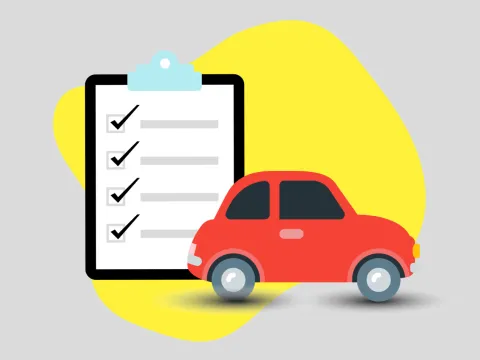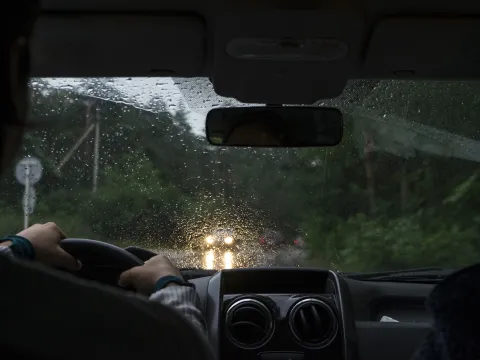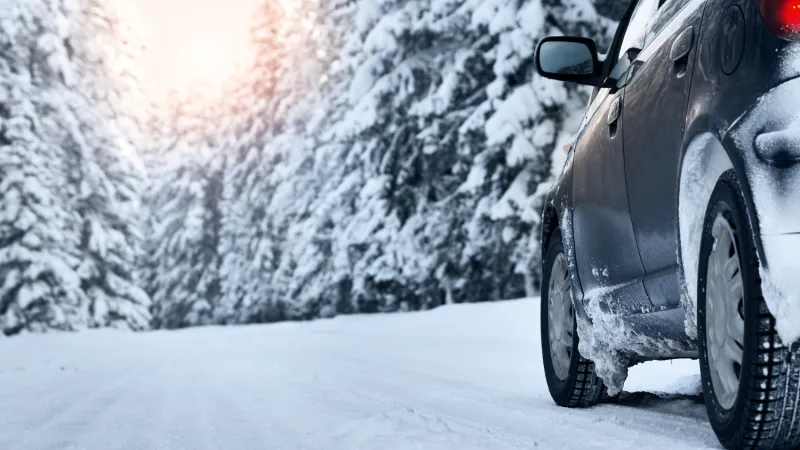
Safety Tips for Driving in the Snow
Summary
Reading Time
5 min
Winter driving can seem daunting, especially when considering heavy snowfall, icy roads, blizzards, or all of them at the same time, but it doesn’t have to be. Whether you’re the one driving or sitting in the passenger seat, anyone can be prepared in the case of an emergency on the road.
This winter, prepare for the worst and feel peace of mind by having the right essentials in your back pocket. In consideration of National Safe Driving Week occurring annually in December, here are some tips from Sandbox on how you can prevent losses and be safe when driving this winter.
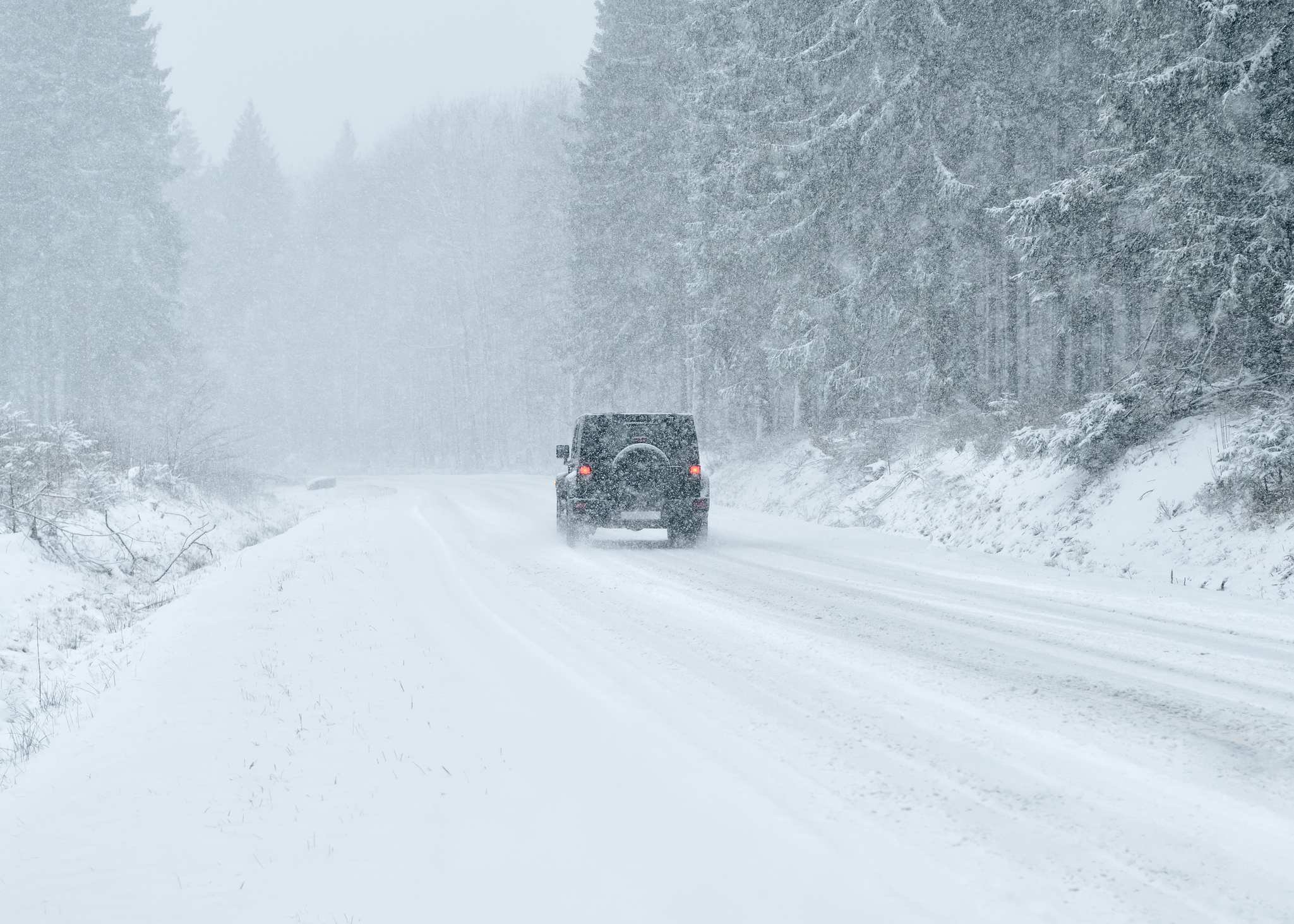
KNOW BEFORE YOU GO
1. Scrape off that snow and ice.
OK, so you’re running late as it is, and then you walk outside to see it snowed the night before and your car is absolutely covered… We know the feeling. Don’t let the angst of getting to work on time stop you from being able to see what’s beside you, who’s behind you, and more when you’re on the road. So, before you drive away, scrape off any ice and brush off that snow from your car.
2. Give your ride a chance to warm-up before driving.
A common misconception is that when temperatures plummet, your car needs 15-20 minutes to warm up, and we’re here to debunk this! Contrary to popular belief, it doesn’t take that long for your car to warm up, and it actually takes less than five minutes. If you wait five minutes from the time of starting to shift your vehicle into drive, your car is warmed up and ready to hit the road… unless it’s a diesel. In that case, maybe give it ten minutes.
3. Utilize your car's safety features.
If your vehicle is equipped with anti-skid options such as traction control, it’s recommended to enable these settings during the winter to avoid collisions, accidents, or any other perils.
4. Swap those summer tires for winter ones.
It’s true that once you have winter tires, you’ll never go back. Having winter tires not only provides a different level of tread but next-level security in those heavy snowfalls.
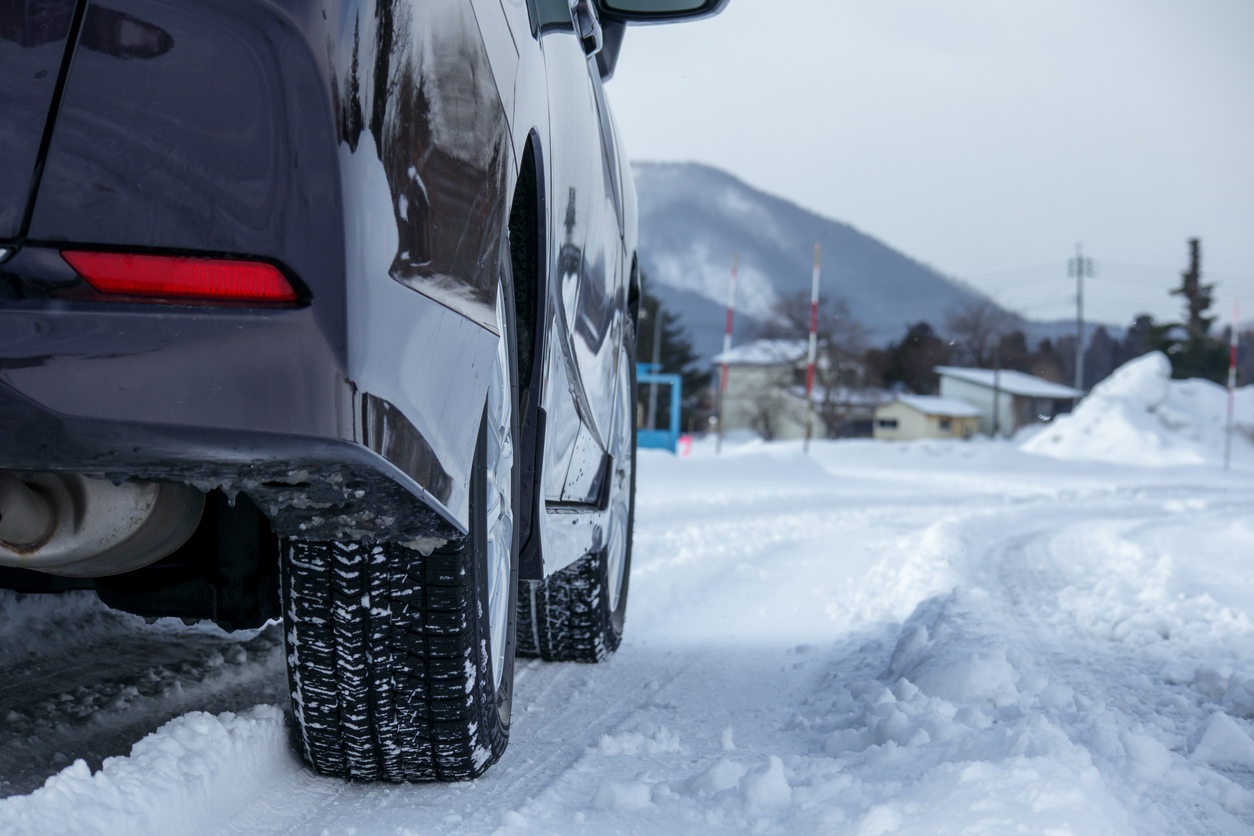
5. Regularly check your tire pressure and tread.
Speaking of winter tires, if temperatures are fluctuating or it’s been over a month since you last checked, check the air pressure and tread of your tires. It's not just a temporary safety measure; it maximizes the performance of your tires.
6. Pack an emergency kit with supplies.
Lastly, before you drive in the colder seasons, it’s best to have an emergency kit in your car. They don’t cost too much and cover the basics. We recommend having a toque, pair of mitts, booster cables, shovel, traction pads, winter boots, a first aid kit, and a flashlight with batteries in it.
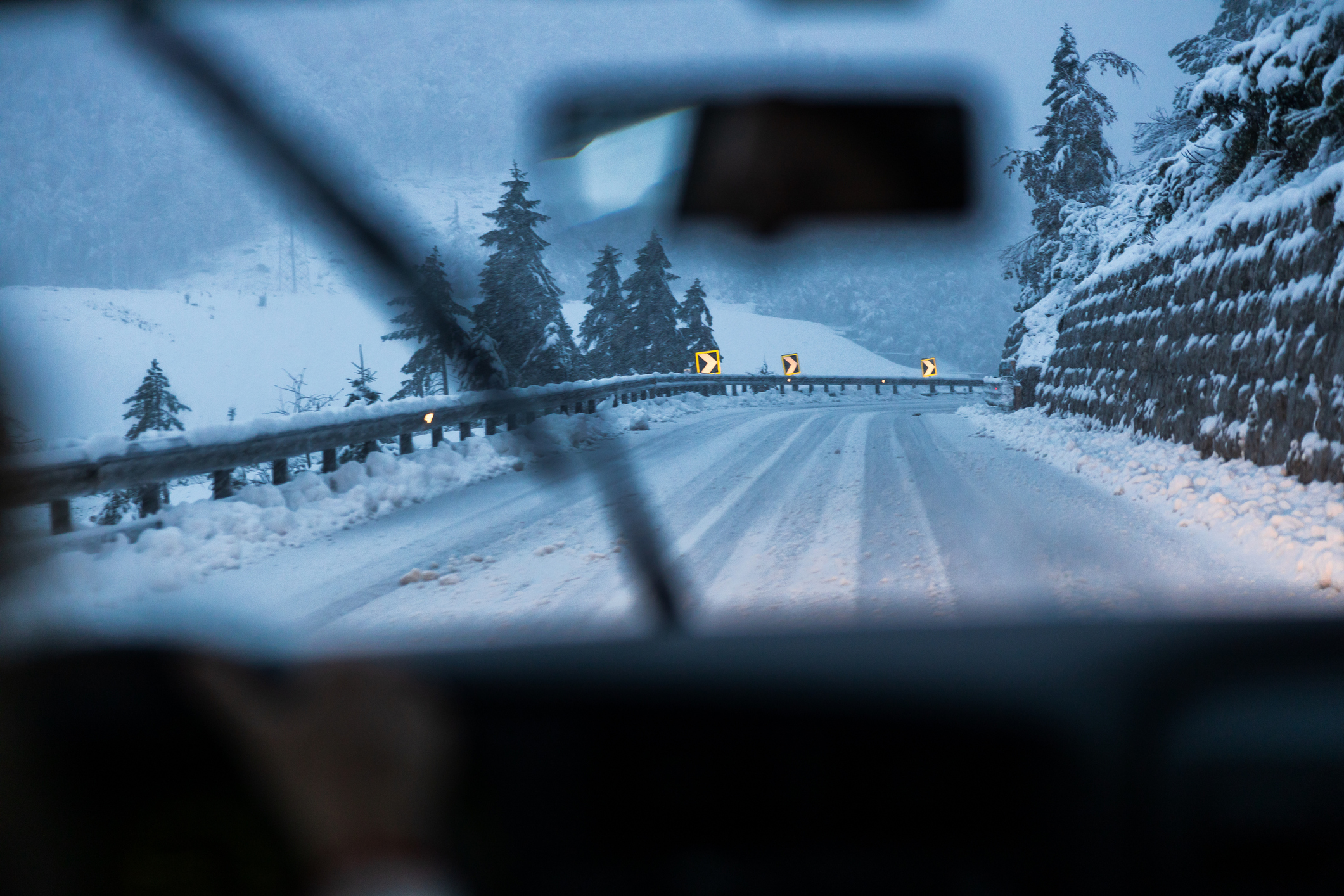
PUTTING IT IN DRIVE
Now that you and your vehicle are prepared for any kind of emergency, safety doesn’t stop there. There are other ways you can prevent losses and drive with caution during the winter season.
Here are some on-the-road safety tips:
1. Keep a safe following distance.
Going up a hill? Cruising down a slope? Following a new driver? No matter the terrain and situation, having a safe following distance is ideal. This will leave you with enough room to come to a complete stop, have adequate reaction time, and be able to see any potential hazards up ahead. A recommended following distance is at least a three-car length between you and the vehicle in front of you.
2. Anticipate your stopping distance.
If you’re approaching an intersection, start slowing down and braking further back. This will give you space if your car starts to slide, so you don’t ease into the intersection.
3. Keep your vehicle's fuel tank over half full, if possible.
If you drive long distances on a regular basis, try not to let your fuel get below half of a tank. If a blizzard comes out of nowhere and you need to pull over and keep your car running, you’ll have at least some fuel to spare. For short distances, such as daily commutes in a town or city, we recommend no less than a quarter of a tank in the winter.
4. Plan your route.
Utilize your local highway and roadway information app. If you can see which roadways have been cleared and which have not, you can plan your commute accordingly.
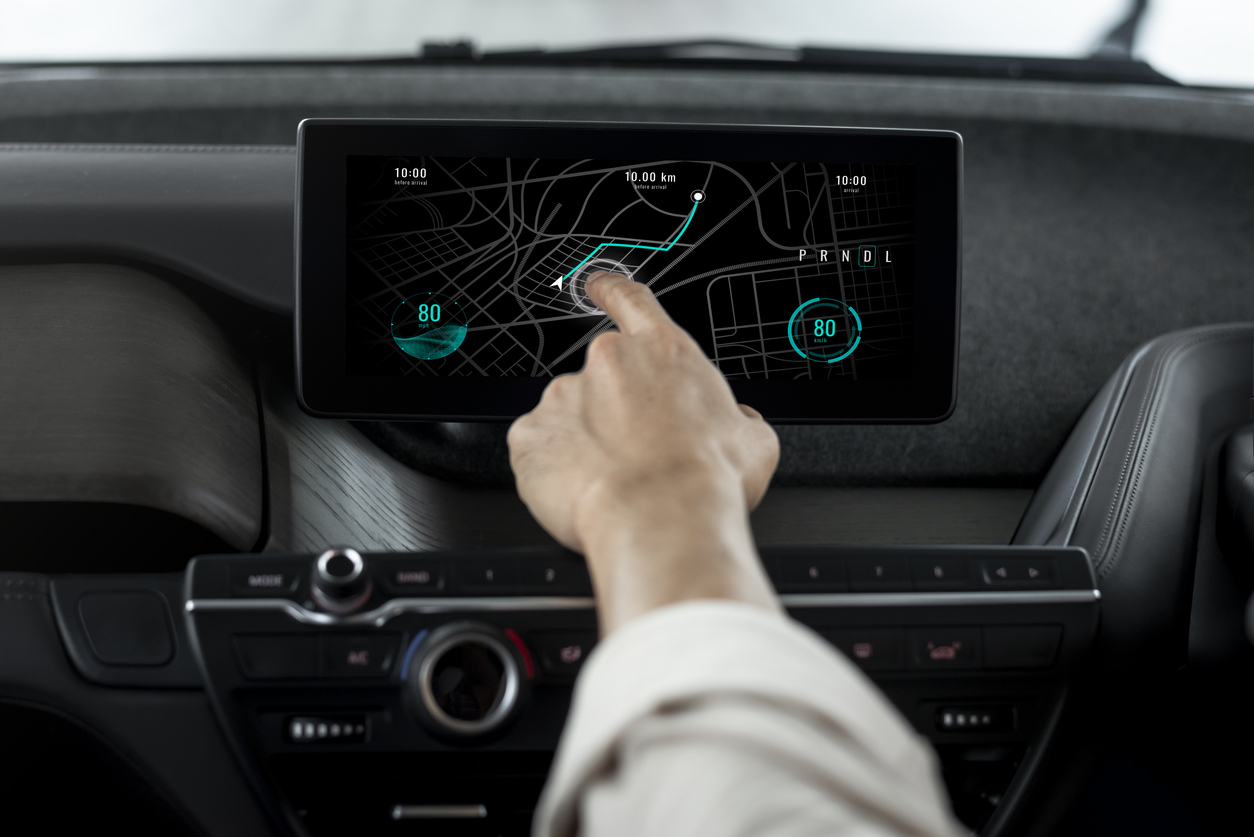
5. Notify a loved one.
If you’re travelling long or short distances in poor weather conditions, be sure to share your route and ETA with someone else. They can anticipate your arrival time and recognize right away if you’re delayed from the anticipated time.
By following these safety tips before you embark on a winter drive as well as during the trip, you can rest easy knowing you’re prepared no matter the scenario… but things can still go wrong, can’t they? When it comes to the ultimate protection for your vehicle, car insurance coverage in Saskatchewan and Manitoba from Sandbox safeguards your car from the harshest of winter storms. With collision/upset and comprehensive auto insurance, third-party liability limits up to $5,000,000, and optional coverages for road hazard glass, replacement cost, and loss of use, peace of mind is attainable. And if all these terms sound like gibberish, don't worry. We break it down further in our blog: Car Insurance 101.
See all of our Auto Insurance products, or get a quote from a Sandbox insurance broker near you.
Please note that the information in this article may not accurately reflect your insurance policy from Sandbox Mutual Insurance or another insurance company. Please refer to your policy or talk to your broker about your specific coverages.

FAQ'S
Do I really need winter tires, or are all-season tires good enough?
If you live somewhere where “winter” means more than a light dusting, winter tires are your ride-or-die. They grip icy roads better, handle snow like champs, and give you way more control when things get slippery. All-seasons can work in mild climates, but when the roads look like a snow globe, winter tires are the safer—and frankly, saner—choice.
How long should I warm up my car before driving in cold weather?
Good news: you don’t need to let your car idle long enough to contemplate your entire life. Most vehicles only need under five minutes to warm up (diesels need a bit longer). A short warm-up helps circulating fluids get moving while saving fuel—and it’s better for the environment, too.
What should I keep in my vehicle for winter emergencies?
Think of your winter emergency kit as the “just-in-case” buddy you hope you never need. Essentials include a shovel, booster cables, mitts, a toque, a flashlight with batteries, traction pads, warm boots, and a basic first aid kit. It’s a small investment that can make a huge difference if you get stuck, stranded, or surprised by a classic Prairie whiteout.


